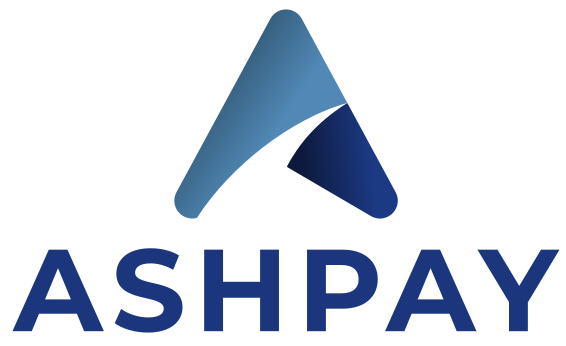When it comes to processing payments, interchange is the underlying cost of a credit card transaction from Visa®, MasterCard®, American Express, Discover® Network Cards and other card brands. For every debit or credit card, there is a predetermined rate paid to the issuing bank, which is referred to as the Interchange rate or pricing.
Understanding Interchange
How to Understand your Interchange Rates
Reward Cards
Typically, credit cards with rewards or “perks” have a higher interchange rate. This is because the issuing bank as an additional cost associated with that card to cover cardholders’ rewards or “perks.”
Card-not-Present (CNP)
E-commerce, as well as m-commerce (mobile commerce), trigger a card-not-present transaction. Because the card cannot be verified through EMV or the business owner cannot verify the card holder, the interchange fee for CNP transactions are typically higher than card-present.
Qualification of a Transaction
For each transaction made with a credit card, there are parameters around the use of it.
Qualified Rate
Transactions that meet all the requirements for the merchant’s industry. Merchants will pay the lowest or best discount rate for qualified transactions.
Partially Qualified Rate
Transactions that meet some, but not all of the specific requirements for the merchant’s industry. Merchants will pay a higher rate for partially qualified transactions.
Commercial Non-qualified
Commercial card transactions that meet some, but not all of the commercial card requirements.
Non-qualified rate
Transactions that do not meet other specific requirements for the merchant’s industry. Merchants will pay a higher rate for non-qualified transactions.
